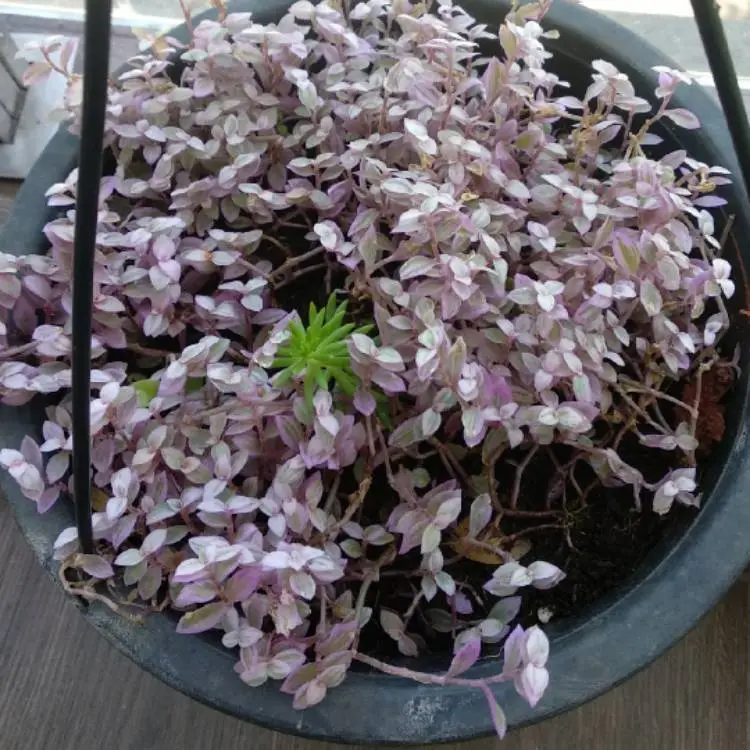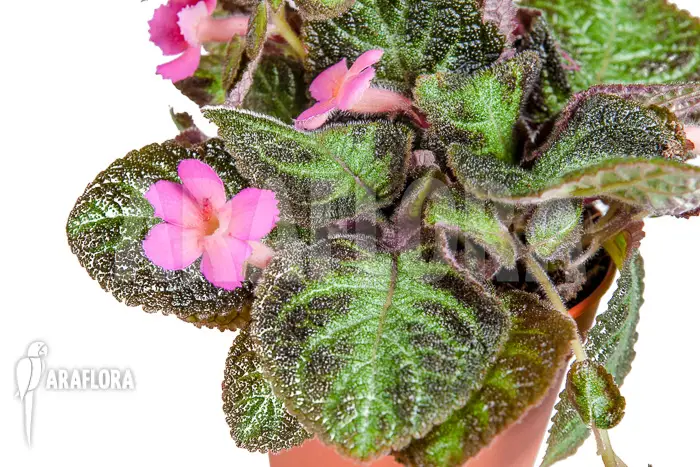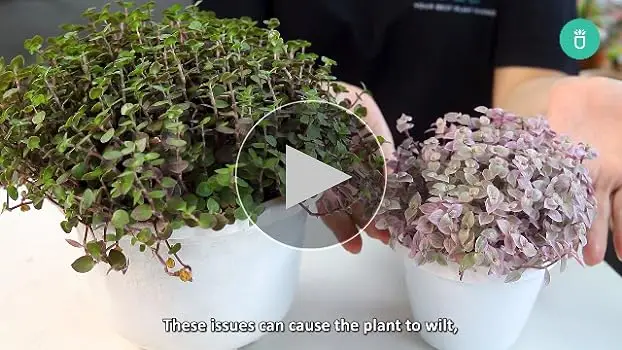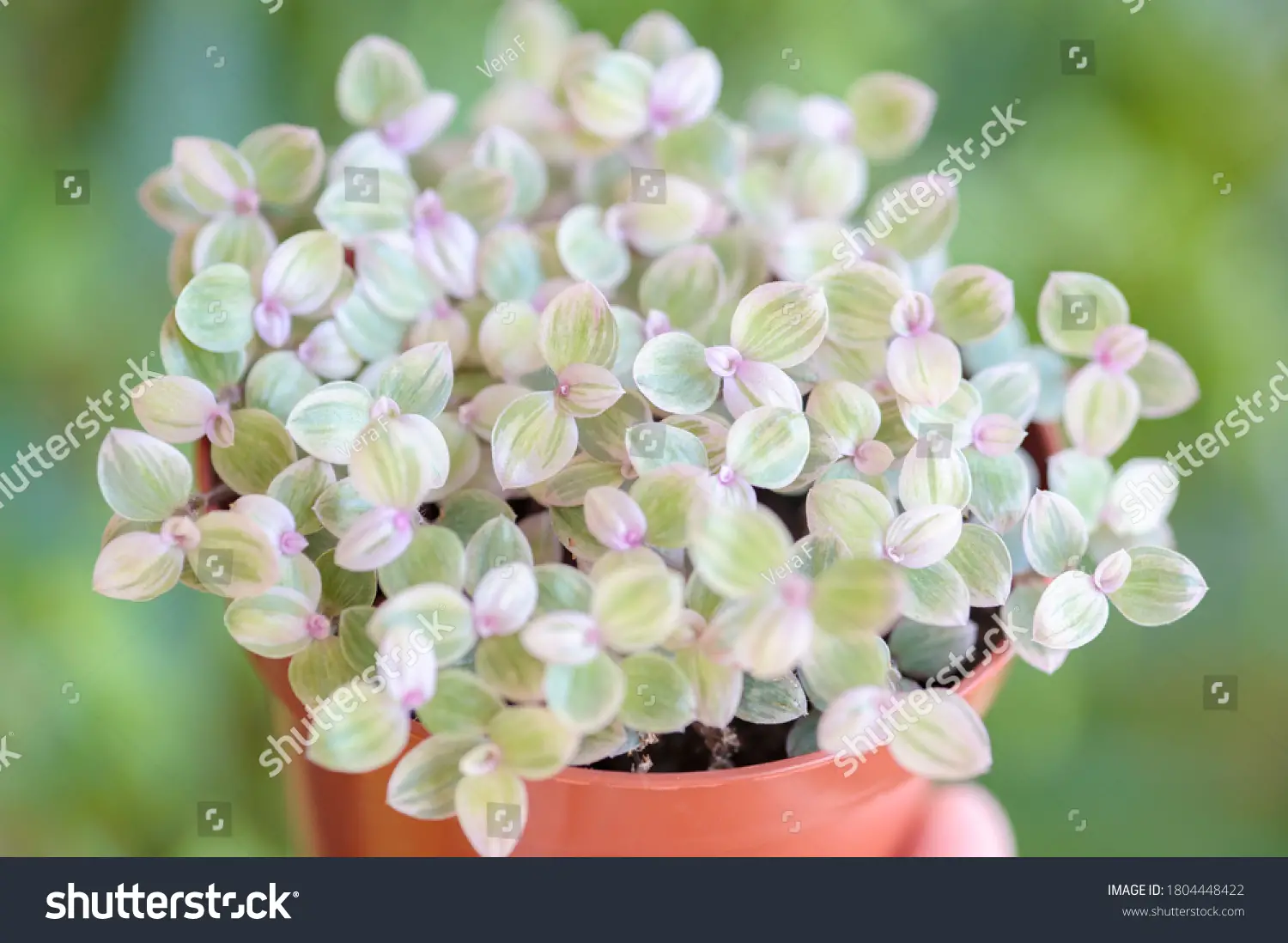If you’re looking to add a pop of color to your home or office, the Pink Panther Plant may be just what you need pink panther plant care. This beautiful plant with its vibrant pink leaves is not only visually appealing, but it is also relatively easy to care for. With the right knowledge and techniques, you can ensure your Pink Panther Plant remains healthy and flourishing. In this article, we will explore everything you need to know about Pink Panther Plant care.
1. Getting to Know the Pink Panther Plant

How to Identify a Pink Panther Plant
The Pink Panther Plant, also known as Aglaonema, is a tropical plant that belongs to the Araceae family. It is native to South-East Asia and can grow to be up to two feet tall. The most distinctive feature of this plant is its striking pink and dark green leaves, making it a popular choice for indoor decoration. The leaves have a glossy texture and are slightly elongated, resembling an arrowhead. This plant is known for its air-purifying abilities, making it a great addition to any living space.
Ideal Growing Conditions for a Pink Panther Plant
Just like any other houseplant, the Pink Panther Plant needs specific growing conditions to thrive. Here are some factors to consider when caring for your plant:
- Light: The Pink Panther Plant requires bright, indirect light. Direct sunlight can cause damage to the leaves, so placing your plant near a window that receives dappled sunlight is ideal.
- Temperature: This plant thrives in warm temperatures between 18-24°C (65-75°F). Avoid exposing it to cold drafts or air conditioning.
- Humidity: As a tropical plant, the Pink Panther Plant prefers high humidity levels. Misting the leaves regularly or placing the plant on a tray filled with pebbles and water can help increase humidity levels.
- Soil: The Pink Panther Plant grows best in well-draining, slightly acidic soil. A potting mix designed for tropical plants is suitable.
- Watering: Keep the soil moist but not waterlogged. Water your plant once a week and allow the topsoil to dry out before watering again.
- Fertilizer: You can fertilize your Pink Panther Plant every two weeks during the growing season with a balanced liquid fertilizer.
2. Propagating a Pink Panther Plant

How to Propagate a Pink Panther Plant
Propagating a Pink Panther Plant is a simple process that can be done in three ways: through stem cuttings, division, or layering.
- Stem Cuttings: Cut a healthy stem from the mother plant just below a node and place it in water until roots form. Once the roots are about an inch long, transfer the cutting into a pot with well-draining soil.
- Division: Carefully remove the plant from its pot and gently separate the root ball into smaller sections. Each section should have at least one stem and root system. Repot each division into a separate pot.
- Layering: Bend a low-hanging stem of a mature Pink Panther Plant towards the soil and secure it with a stake. Cover the exposed part of the stem with soil and keep it moist. Once roots have formed, you can cut the new plant from the mother plant and repot it.
Tips for Successful Propagation
- Always use clean and sterile tools when propagating your Pink Panther Plant to prevent the spread of diseases.
- To encourage root growth, you can dip the end of your stem cutting in a rooting hormone before placing it in water or soil.
- When dividing the plant, ensure each section has enough roots to support itself.
- Layering is a more time-consuming method, but it guarantees a higher success rate.
3. Common Pests and Diseases

Dealing with Pests
Like most houseplants, the Pink Panther Plant is susceptible to pests such as mealybugs, spider mites, and aphids. Here are some tips for dealing with these pests:
- For small infestations, you can use a cotton swab dipped in rubbing alcohol to remove the pests.
- You can also spray your plant with a mixture of water and neem oil to kill off any pests.
- For more severe infestations, use an insecticidal soap or consult a professional.
Preventing Diseases
While the Pink Panther Plant is relatively hardy, it can still succumb to diseases if not properly cared for. Here are some common diseases and how to prevent them:
- Root Rot: This disease is caused by overwatering and results in the decay of the plant’s roots. To prevent root rot, ensure your plant is not sitting in water and that the soil has proper drainage.
- Leaf Spot: Leaf spot is a fungal disease that causes brown spots on the leaves. To prevent this, make sure to avoid getting the leaves wet when watering and provide adequate air circulation.
- Powdery Mildew: This disease appears as a white, powdery substance on the leaves. It is caused by high humidity levels and poor air circulation. Misting the leaves and keeping up proper ventilation can help prevent this disease.
4. Pruning and Shaping Your Pink Panther Plant

When to Prune Your Plant
Pruning is essential for maintaining a healthy and aesthetically pleasing Pink Panther Plant. However, knowing when to prune is crucial. You should prune your plant during the growing season, which is typically from spring to summer.
How to Prune and Shape Your Plant
To prune your Pink Panther Plant, follow these simple steps:
- Use clean and sharp scissors or pruning shears to make a clean cut on the stem, just above a node.
- You can also remove any yellow or dead leaves to encourage new growth.
- To shape your plant, prune the top of the stems to promote lateral growth.
5. How to Use Pink Panther Plant Care in Your Home

In Your Living Space
The Pink Panther Plant is an excellent choice for adding some color to your living space. Its vibrant pink leaves can brighten up any room, making it a perfect accent piece. Place it on a bookshelf, coffee table, or as a centerpiece on your dining table.
In Your Office
These plants are also great for adding a touch of nature to your work environment. Place one on your desk or next to your computer to add some liveliness to your workspace.
FAQs about Pink Panther Plant Care
1. How often should I water my Pink Panther Plant?
You should water your plant once a week and allow the topsoil to dry out before watering again.
2. Can I keep my Pink Panther Plant outside?
No, this plant is not suitable for outdoor conditions. It thrives in warm and humid environments and may not survive in colder temperatures.
3. What type of soil is best for a Pink Panther Plant?
A well-draining soil with slightly acidic pH levels is ideal for this plant. A potting mix designed for tropical plants will work well.
4. Is fertilizing necessary for a Pink Panther Plant?
Fertilizing can help promote growth, but it is not necessary. If you do choose to fertilize, use a balanced liquid fertilizer every two weeks during the growing season.
5. Can I propagate my Pink Panther Plant in water?
Yes, you can propagate your plant in water. Once the roots have formed, transfer the cutting into a pot with well-draining soil.
Conclusion
Pink Panther Plant care may seem daunting at first, but with the right knowledge and techniques, it can be a rewarding and enjoyable experience. Remember to provide adequate light, water, and humidity for your plant, and it will reward you with its beautiful pink leaves. With the tips and tricks outlined in this article, you can ensure your Pink Panther Plant remains healthy and vibrant for years to come. Happy gardening!


